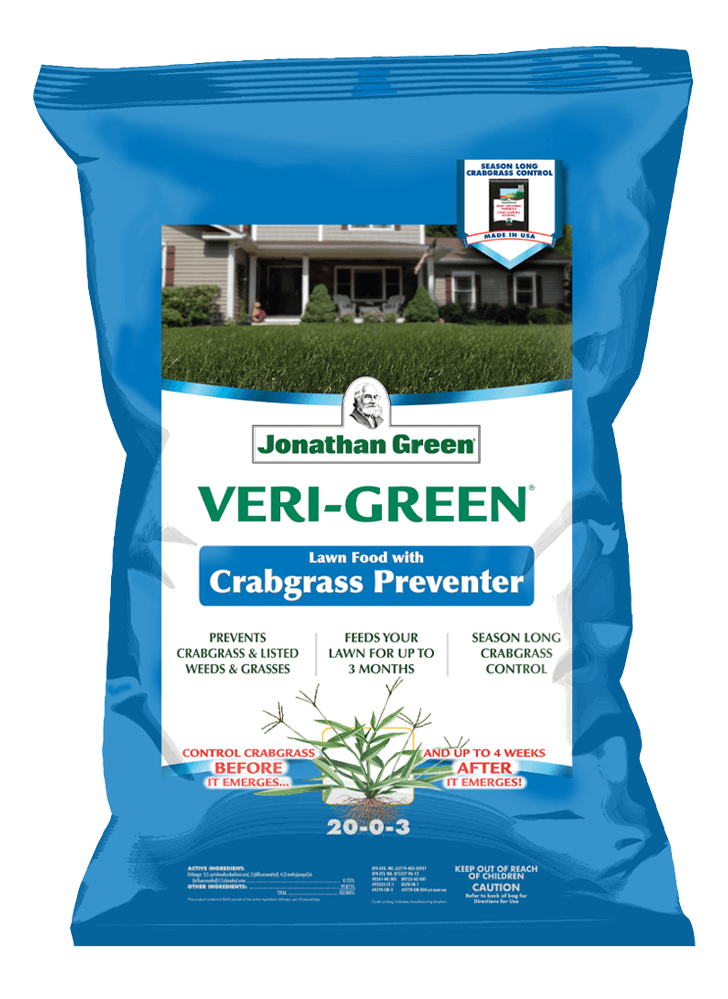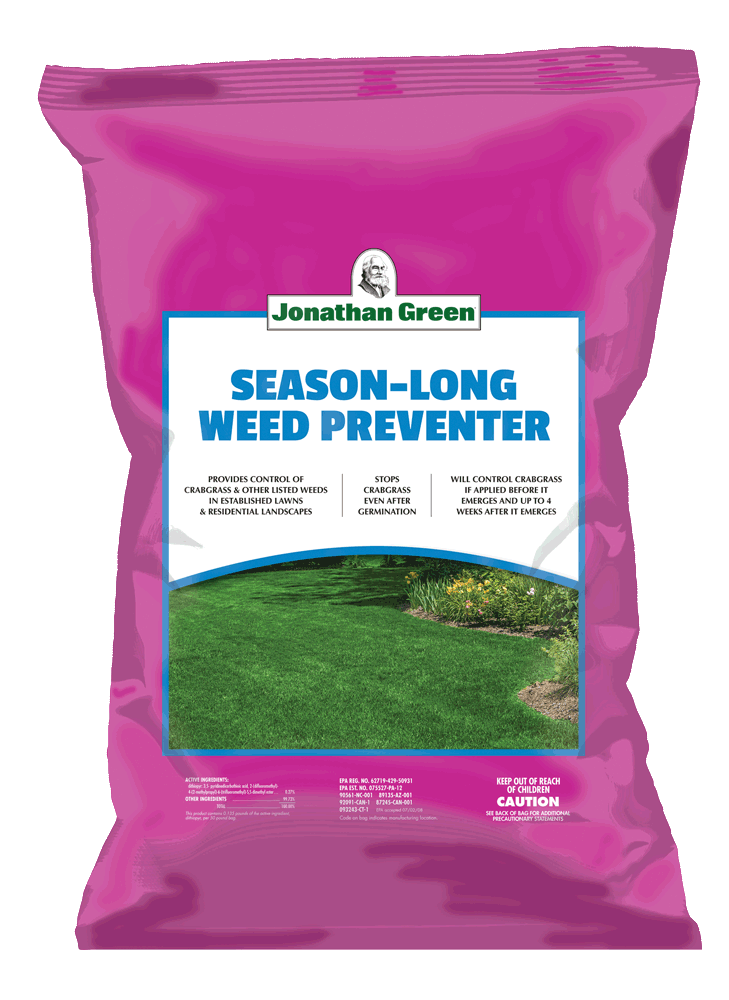Crabgrass gotcha’? If so, what should you do now?
This summer was one of the hottest on record. Lawns where severely damaged. The excessive heat and drought took its toll on most lawns, so did crabgrass! Do you have any crabgrass in your lawn? If so, what should you do now?
Most of you will report that yes, you do have some crabgrass infestation. How is the rest of your lawn holding up? Many homeowners are frustrated because they applied a pre-emergent crabgrass preventer this spring and still got crabgrass. There are some granular forms of crabgrass control and more sprays available that are labeled to control crabgrass. This time of year,the crabgrass plants are too large and strong to control. If you did use a spray, most likely your lawn would suffer and may die from the stress of heat and drought and herbicide combination. If you have crabgrass in your lawn now, I would not try to do anything to eradicate it.
While I write this article, we experienced severe thunderstorms and rain these past few days. This will help the lawns under stress some but we still have the end of summer and may face harsh weather conditions. So, why so much crabgrass? Mother Nature is tough on some plants and beneficial to others. She’s tough on lawn grass plants with heat and drought so the plants slow down and go dormant or die. Hot, dry weather favors crabgrass and weed growth since the lawns have shut down, giving little competition for the weeds to flourish.
Crabgrass preventers ran out of effective control with the extended late spring weather. When the hot, dry summer arrived, the crabgrass still had a chance to germinate around July 4th. Crabgrass is an annual plant that creates thousands of seeds for a new crop next year. It exhibits a horizontal growth pattern so it can avoid your lawn mower cutting off the seeds it produces. If you have a lot of crabgrass now, I would apply Veri-Green Crabgrass Preventer plus Lawn Fertilizer next spring. Then apply Season-Long Weed Preventer in late spring to extend your crabgrass control. Dimension (dithiopyr), in our crabgrass control products, works best for late spring applications. It can control crabgrass up to the three leaf stage.
Mentioned Products
I’ve heard from a number of homeowners that they seeded in June and July. Even though they watered feverishly they experienced little grass germination and growth and an excessive amount of weeds! Well, my first comment on this is, “Why would you attempt to seed at this time of the year?” I know I have stated that if you do not want to look at bare spots until the fall, go ahead and seed. You do have to be realistic expectations on growing grass going into rough summer weather.
Now that it is early fall, you will still see actively growing crabgrass plants in your lawn. If you only have a few plants, you can pull-cut them out hopefully avoid them spreading more crabgrass seeds for next year. Crabgrass plants will die with the first frost which usually happens in October. Otherwise, plan on re-seeding areas in early fall to get the best lawn.
I want you to seed in early fall, not in October or November because you have a longer growing season to establish your new grass. Fall is a great time to seed because of warm soil temperatures, cooler nights and the return of normal rainfall patterns. The newly planted grass can grow and develop roots right up to Christmas if conditions are right. Next spring you will hopefully not have to seed at all, just continue to develop a strong lawn so your lawn can survive better next summer.

